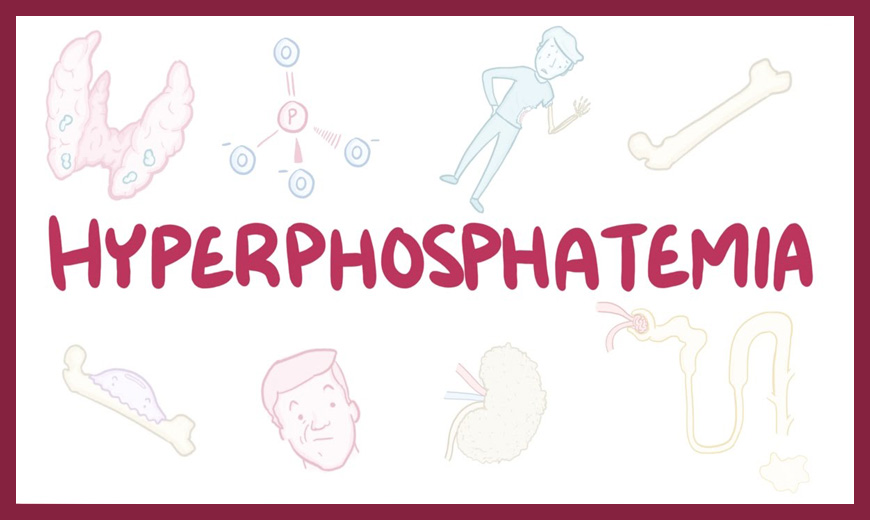Terra Pharmaceuticals

Mucolytic & Expectorant Drugs
The respiratory tract is kept moist by a layer of mucus secreted by goblet cells in the epithelial cells. Submucosal glands also secrete some mucus.
Mucus is a gel composed of mucoproteins, mucopolysaccharides, proteins, and fats. Glycoproteins that polymerize with disulfide bonds give mucus its adhesive properties. Mucus warms and moisturizes the respiratory air and helps remove foreign particles carried by air through ciliary movement. Approximately 100 ml of mucus is produced in a day, and in pathological conditions, its production can increase significantly, leading to increased viscosity.
MUCOLYTIC DRUGS
The combination of mucus with bacteria, cell debris, inflammatory cell products, and mediators increases its viscosity and forms phlegm. As a result, respiration is affected, airways narrow, coughing occurs, and plugs can form. Mucolytic drugs are frequently used in respiratory tract diseases as an adjunct to primary treatment to reduce the viscosity of phlegm and facilitate respiration.
BASIC PRINCIPLES OF MUCOLYTIC TREATMENT
Mucin oligomers form a long and intertwined structure with various bonds within this structure. The breaking and depolymerization of bonds within the mucus are called mucolysis. The bonds affected by mucolytic drugs are:
- Disulfide bonds (-S-S-): Found between glycoprotein molecules.
- Ionic bonds: Found between amino acid and sulfate residues.
- Hydrogen bonds: Found between oligosaccharide side chains.
- Extracellular DNA and actin filaments: Bind to the mucin structure.
- Mucolytics affecting disulfide bonds (N-acetylcysteine, Carbocisteine, Erdosteine)
N-ACETYLCYSTEINE (NAC):
It is the N-acetyl derivative of cysteine. It is an effective mucolytic drug. It contains a sulfhydryl (-SH) group. The sulfhydryl group breaks the disulfide bonds between the glycoproteins in the phlegm and causes depolymerization. Thus, it can reduce the viscosity of thick and sticky mucus, convert it into a watery form, and facilitate its expulsion through coughing. NAC is also a precursor of GSH (glutathione - an antioxidant). It stimulates GSH synthesis by reducing cystine to cysteine and transporting sulfhydryls. GSH is an antioxidant that protects cells and cellular components against oxidative stress. Therefore, NAC serves as a detoxifier and provides benefits in various diseases as an antioxidant.
- Mucolytics affecting extracellular DNA and actin filaments (Dornase Alpha)
- Mucolytics affecting ionic and hydrogen bonds (Hypertonic NaCl, Dry Powder Mannitol, Dextran)
Source:
T Klin J Pharmacol Sp Iss 2003, 1 Y.Aktan Mukolitik ilaçlar ve Surfaktanlar
Tıbbi Farmakoloji, SO Kayaalp (ed.), 1.cilt, 13. baskı, Pelikan Yayıncılık, Ankara, 2012.https://en.terrailac.com.tr/Hiperfosfatemi-ve-Fosfat-Baglayici-Ajanlar-a11





